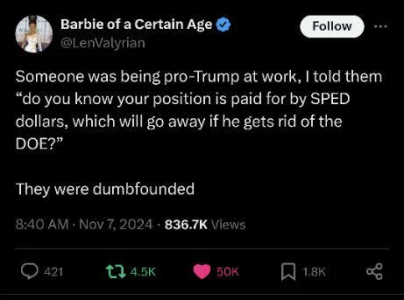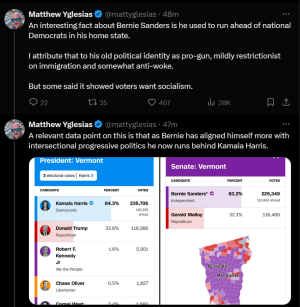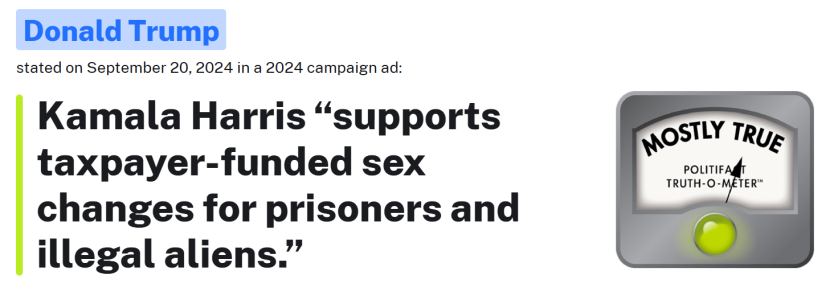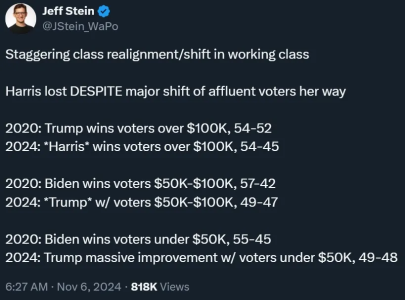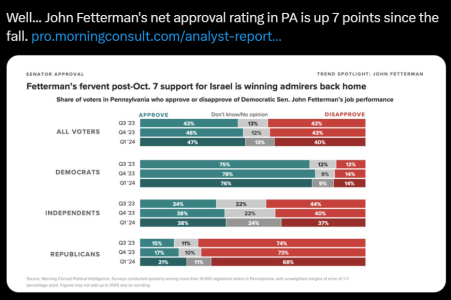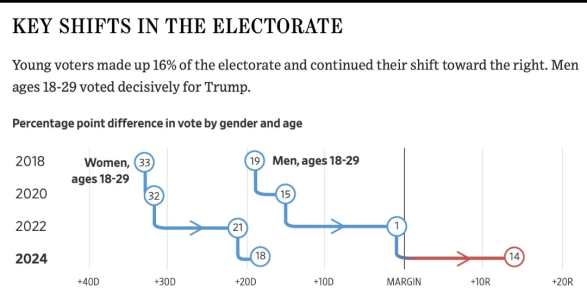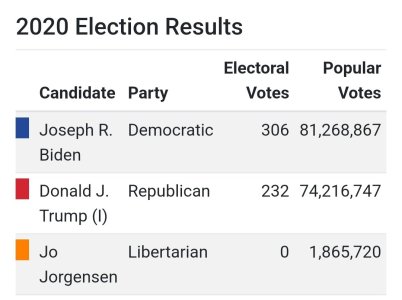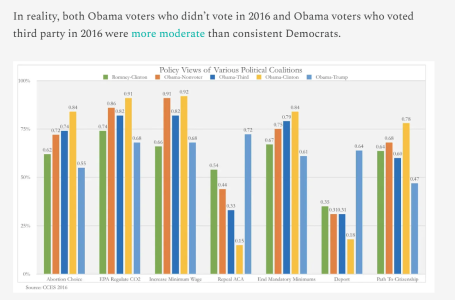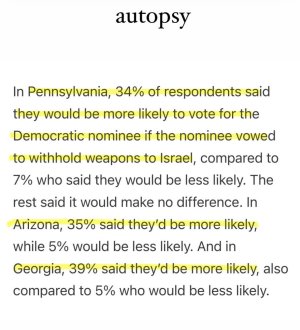Detroit’s dirty little secret is that a lot of its cars don’t make any money.
While most pickup trucks, sport utility vehicles and luxury cars are profitable, automakers tend to lose money on cars that sell for under $30,000. The trick is figuring out which ones.
Getting the data from the car companies is the hard part. “At one time, we did have info from the dealers on what they sold,” says Mike Greywitt Mike Greywitt , spokesman for J.D. Power and Associates . “They were indicating how much profit they were making on each car. It’s not being made public now.”
Another thing that makes judging profitability hard is that what one company says is profitable may not be in the eyes of another company if, for example, one company measures operating profits and the other measures fully accounted profits. What the car companies can’t hide, however, are the reasons why certain types of vehicles make more money than others.
SUVs, for instance, come with low development costs (comparatively inexpensive designs based on pickup-truck chassis) and a different set of governmental requirements, like looser fuel-economy mandates.
Shared components–especially when vehicles use the same mechanical underpinnings, or “platform” (or just “architecture”)–like those between sport utilities and pickup trucks are the backbone of cost-saving automotive enterprises. Commonality is what, to a large degree, makes premium American vehicles profitable: They are often based on cheaper cars. Ford Motor ‘s Lincoln Town Car, for example, is pretty much the same underneath as a Ford Crown Victoria or Mercury Grand Marquis–not that much harder to build, but Ford can sell it for $20,000 more. General Motors has a similar strategy for using its Chevrolet Silverado pickup as the basis for the more expensive Suburbans and Tahoes.
Most premium American SUVs gross between $5,000 and $15,000 per vehicle. Some are even more profitable. The Lincoln Navigator makes around $20,000 per vehicle even though it isn’t much more expensive to build than a lower-priced Ford Explorer or F-Series pickup, and doesn’t have much more content. That’s what brand, in this case Lincoln, is all about: adding value to something that has a limited amount of real value.
These days rejuvenated luxury brand Cadillac makes money on pretty much every vehicle, and its Escalade sport utility is GM’s most profitable vehicle line (and the bigger, higher-priced Escalade ESV is likely even more profitable, as it doesn’t cost much more to build).
But options are where the carmakers really make their profits. The reason is that options carry an average markup of 100% per item, and buyers looking for more upmarket cars are going to be more likely to splash out on such goodies as navigation systems, leather seats and limited-edition hubcaps. SUVs and pickup trucks, most of which are sold “fully loaded,” make a lot of money for their options. Hummer makes an average of $1,300 on accessories per vehicle. The Chevrolet Silverado pickup–one of GM’s most profitable vehicles–has a base price of $18,936, but the average transaction price skyrockets to between $37,000 and $40,000 because of its options.
Unfortunately for Detroit, its small cars have the opposite relationship between sticker and transaction prices. The outgoing Chevrolet Malibu, for example, has an MSRP of about $18,000–but dealers are selling it for $13,000. Cars like the Chevrolet Cavalier and Dodge Neon tend not to make money for Detroit. The small trucks and cars are commodities with fierce overseas competition, so pricing pressure is heavy.
High labor costs contribute to Detroit’s struggle with profitability as well. The average American factory worker makes about $47 an hour, and the labor rates are typically the same for small and big cars. Engineering and manufacturing costs are also more severe in the initial years of a new vehicle. If a car company sets up a $500 million plant, payable over the first two years, the calculated costs of building cars go down once the tooling has been amortized.
A vehicle begins to make more money after initial investment costs have been handled, but vehicles can also become too far removed from overhauls or their original engineering. The Dodge Intrepid is priced so low that it likely does not make much money, but it probably does better than the neglected Ford Taurus–years removed from a redesign and headed for the guillotine–because it is not being dumped into low-margin, cut-rate fleets like the Taurus. American automakers often use fleet sales to keep plants running (see “Fleet Favorites“).
American automakers’ inability to make much money on smaller passenger cars has created their current lopsided focus on trucks. In 1990, 33% of General Motors’ sales were light trucks, but by 2002 that number had climbed to 58%–and to 65% at Ford and 76% at Chrysler .
Underselling, especially through incentives and rebates–which have been criticized in recent months for eating profits on American car sales–is what seems most to complicate the intentions of car companies, even if General Motors “does plan a certain incentive level even in a business case,” according to Tom Kowaleski Tom Kowaleski , executive director of product communications for General Motors.
But automakers are trying to refine their strategies. As a part of its effort, Ford has created “Total Value Management,” a team of 1,000 engineers who work with suppliers to investigate vehicle components that could be cheaper, or of higher quality.
Ford also wants to churn more vehicles off Mazda ‘s new 6 platform (Ford owns a controlling stake in Mazda). Earlier this year, Ford said it wanted to build ten vehicles on the platform for North America, but that number may have shrunk to five.
GM’s recent alliance with Daewoo will allow it to build and sell entry-level small cars without the traditional cost hurdles that are exclusive to American automakers: high labor costs, plus health care and pension for their workers. By the end of 2003, GM will have spent $3 billion on pension expenses for the year. “Health care rivals or even exceeds the cost of steel,” says Toni Simonetti Toni Simonetti , general director of financial and international communications at GM.
Such platform sharing will help General Motors and Ford become more efficient and flexible, like their foreign competitors who make it so hard to make money on smaller cars. American automakers would love to gobble more profits there, and are probably kept awake at night wondering how. In the meantime, the Americans who oversee the development and production of light trucks and luxury cars will continue, relatively speaking, not to worry



















